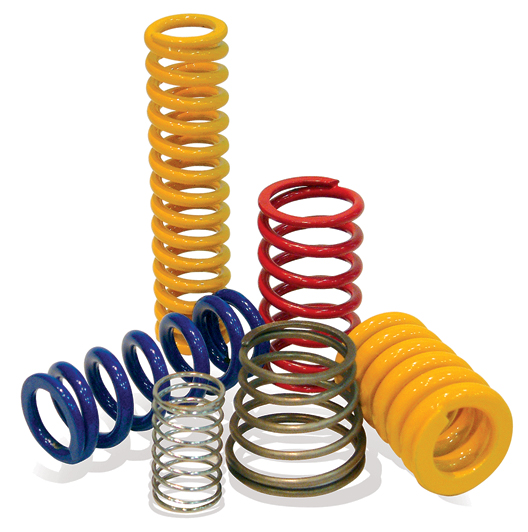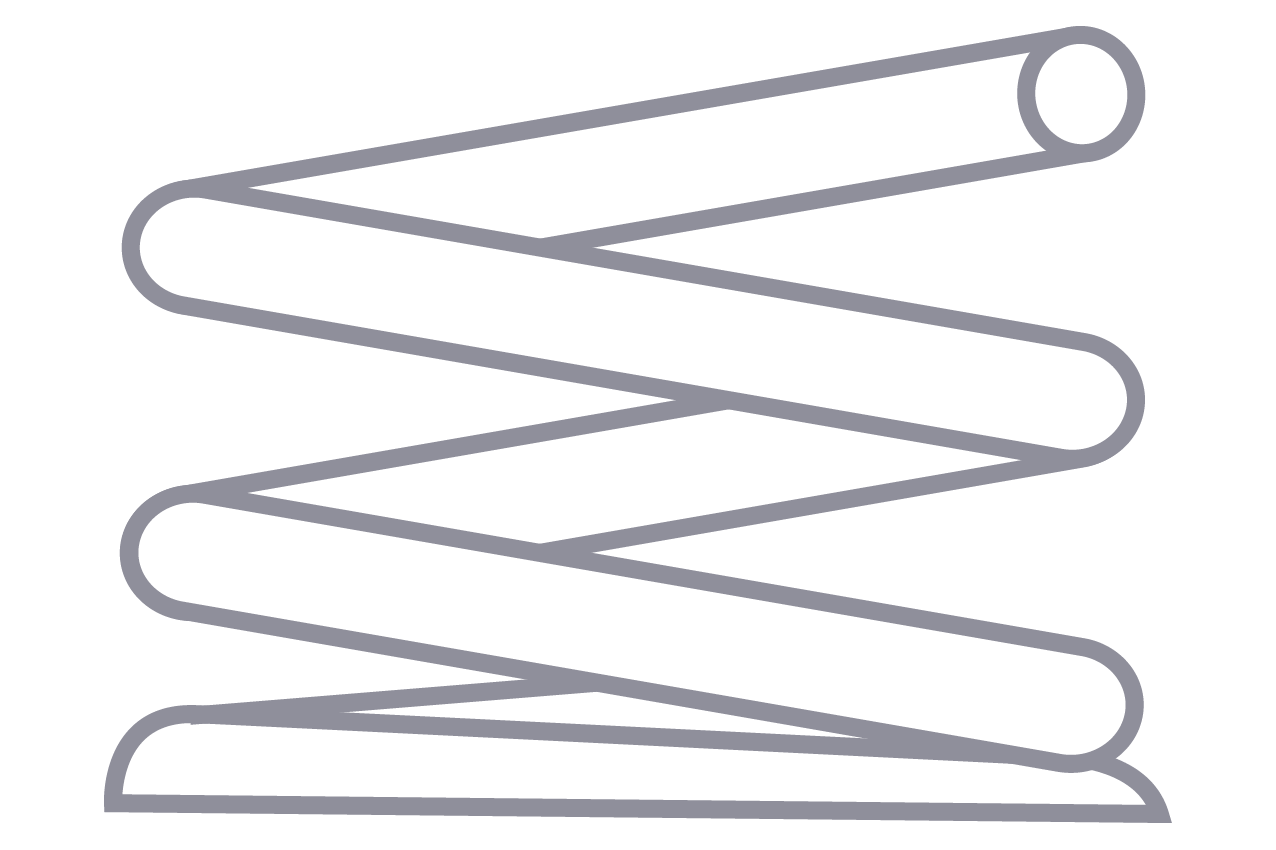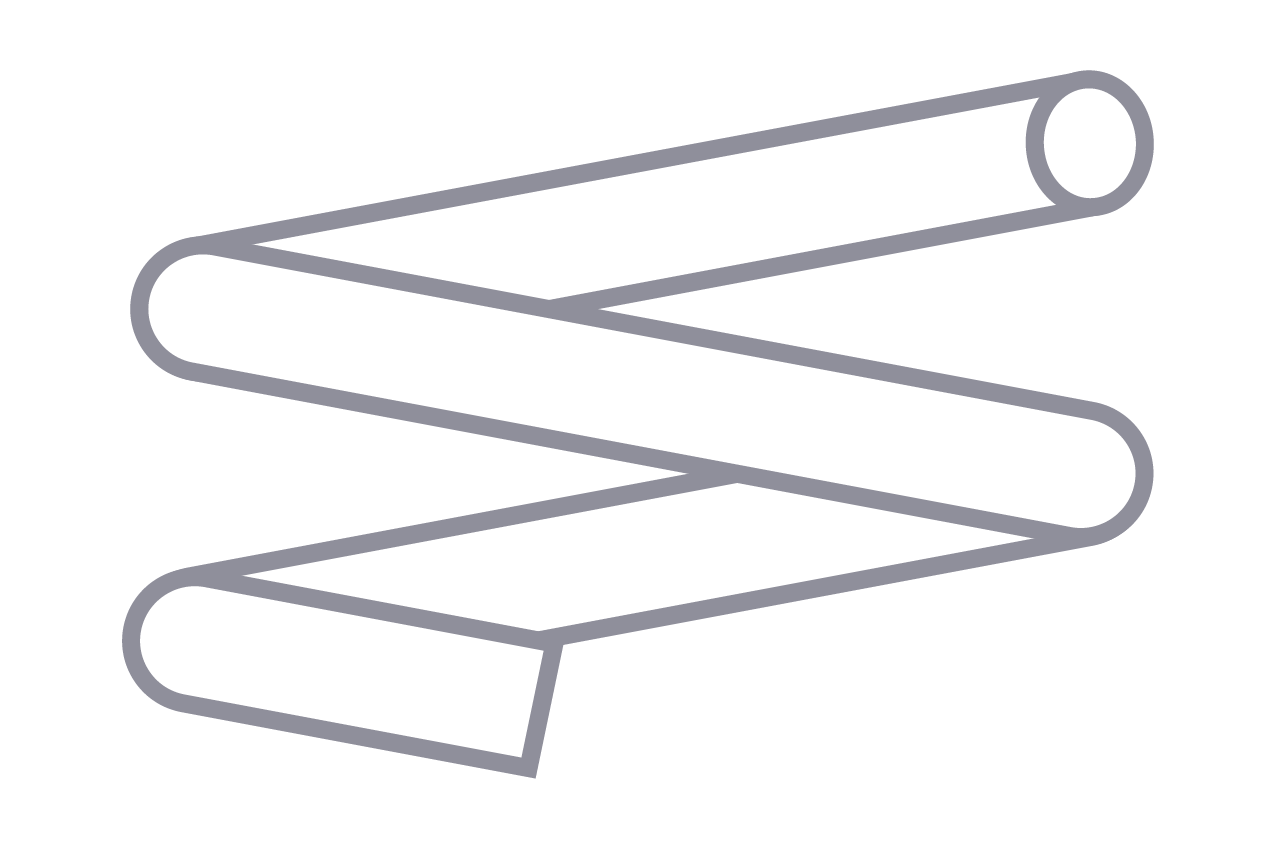
Compression
Springs
Compression springs are the most common type of spring used in the engineering industry. They are open coiled springs which are relatively easy to design and manufacture.
Compression springs can be made from round or square wire, although round is considerably cheaper and easier to manufacture. We keep a vast selection of material sizes and types in stock, from standard spring steels to nickel alloys, all of which can be used to manufacture compression springs.

The performance of a compression spring
depends on the following factors:
Wire size
Increasing the wire size of a compression spring will make the spring stronger. We stock all the standard wire sizes and also a large range of non-standard wire sizes for specific requirements. A list of standard sizes is given in our technical help section here.
Diameter
As the diameter of the spring increases the strength (rate) will decrease. Also, when a compression spring is compressed the diameter will increase slightly. To avoid the spring jamming, if the spring is to work over a rod or inside a hole, specify the size of rod or the hole it is to go into.
Number of coils
The number of active coils is inversely proportional to the rate of a compression spring. This means a large number of coils will result in a fairly weak spring and a small number of coils will give a relatively strong spring. The total coils is dependant on the type of end given to the spring (see below). Springs with closed or closed and ground ends will usually have one inactive coil at each end.
Length
It is usual to specify the free length required. The solid length (fully compressed length) can easily be calculated or, if required, the working length for a specified load.
Rate
The rate (strength) of the spring depends on all of the above factors and can easily be calculated. However, sometimes the rate is the starting point from which the design can be based. This is particularly useful if the forces at particular working lengths are critical. Rate is defined as the force that has to be applied to the spring in order to produce a unit deflection, and is measured in either Newtons per mm (N/mm) or pounds per inch (lb/in).
End types
There are three basic types of end finish for compression springs:
Ends closed and ground (ECG).
Ends closed, and not ground.
Ends open, and not ground.
Compression spring end finish
The most common type of end finish is the closed and ground end which is the most stable type as it provides a much greater area for the spring to exert its force onto.



